<b><i>Satellite radio telemetry project tracks Aberdeen Proving Ground birds to Quebec, Everglades.</i></b>
Most everybody knows that Saturday mornings in January or February are for "sleeping in" and snuggling up under warm blankets, especially when the outside temperature is down around 8 degrees and the wind is howling out of the northwest - everyone, that is, except the wildlife folks at Aberdeen Proving Ground, Md.
At 4 a.m. they're "up and at 'em," readying their equipment for another day trapping bald eagles to monitor their nesting and migratory patterns.
"You've got to get your equipment set up and ready to go long before the sun comes up. Our windows of opportunity are limited by the training and testing missions here at APG," wildlife officer Charles Volz says. "We just can't afford to wait on good weather."
Together with the U.S. Fish and Wildlife Service and the installation Directorate of Safety, Health and Environment, the proving ground's Wildlife and Marine Law Enforcement Division and the Center for Conservation Biology at William and Mary College are seeking a 64-eagle sample.
"It's a very involved process," says Bryan Watts, director of the Center for Conservation Biology at William and Mary College, as he and Fletcher Smith, also from the Center, gently fit a satellite tracking device on one of the birds.
Satellite transmitters help monitor the birds on a daily basis, he said. The transmitter doesn't interfere with their daily activities.
"Each one of the eagles plays an important role in the recovery effort. There's so much we still don't know," Watts says. "During various times of the year at Aberdeen Proving Ground, we have birds from up and down the east coast of North America; from northern Quebec and Labrador and all the way down to the Everglades in Florida.
"One of the birds we recently caught was banded this past summer in Quebec, and later on in the summer we'll have eagles up here from the southern states. It's very interesting, not only to the average citizen but to the scientific community as well," Watts says. "Two of the immature eagles we trapped last fall are now down in southern Florida."
"It's been a real challenge," says George "Bart" Roberts, a wildlife officer with the installation and photographer for the program. "They're magnificent creatures. Just to hold one up close and look into their eyes...it's awesome."
Proving ground staff selected and baited the trapping sites.
"Now that the U.S. Fish and Wildlife Service has taken the bald eagle off of the Endangered Species List, this may very well be the last major study that will be done on bald eagles," says John Paul, installation endangered species biologist. "Aberdeen Proving Ground plays a key role in the bald eagle's recovery effort. We're one of the prime nesting areas in the mid-Atlantic region."
"Thus far we've been able to capture somewhere in the neighborhood of thirty eagles," says Paxton. "The bald eagle is our nation's symbol...hopefully the data we collect today will help us plan for tomorrow."
<i>From <a href="http://aec.army.mil/usaec/publicaffairs/update/spr08/spr08.html">Environmental Update, Spring 2008.</a>Originally published in <a href="http://apgnews.apg.army.mil">APG News.</a> </i>
Related Links:
U.S. Army Environmental Command
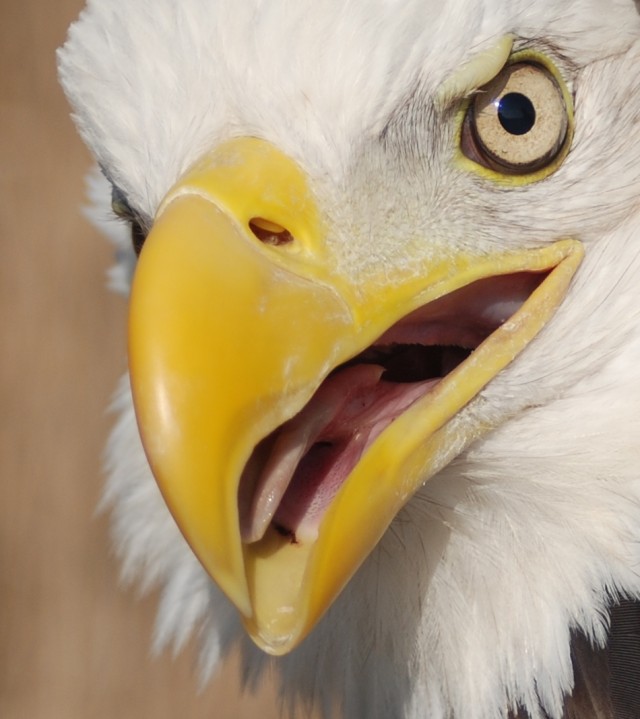
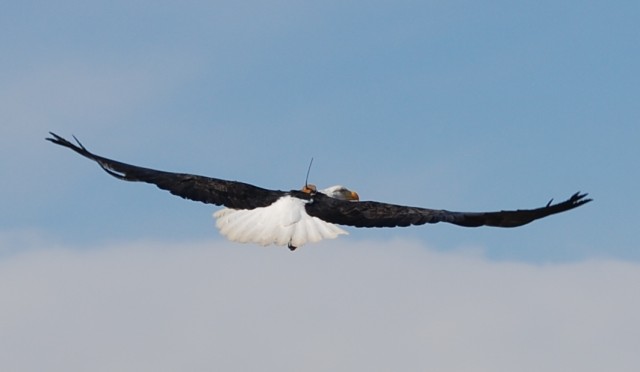
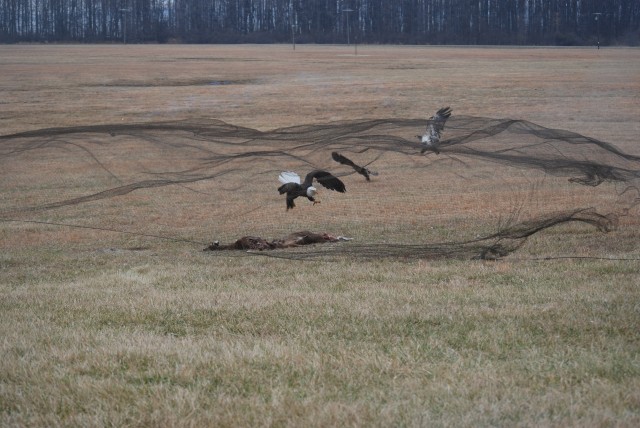
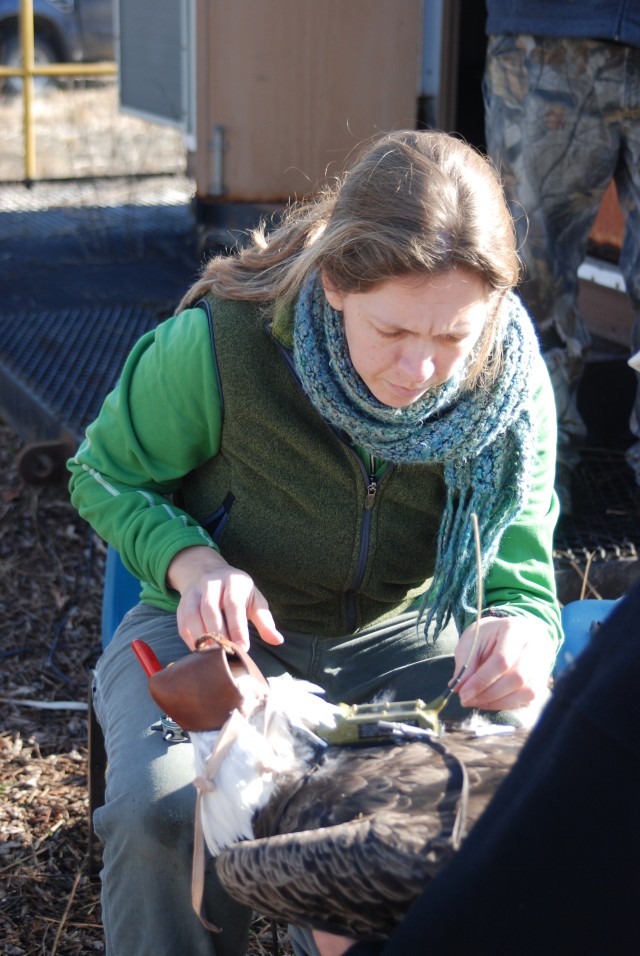

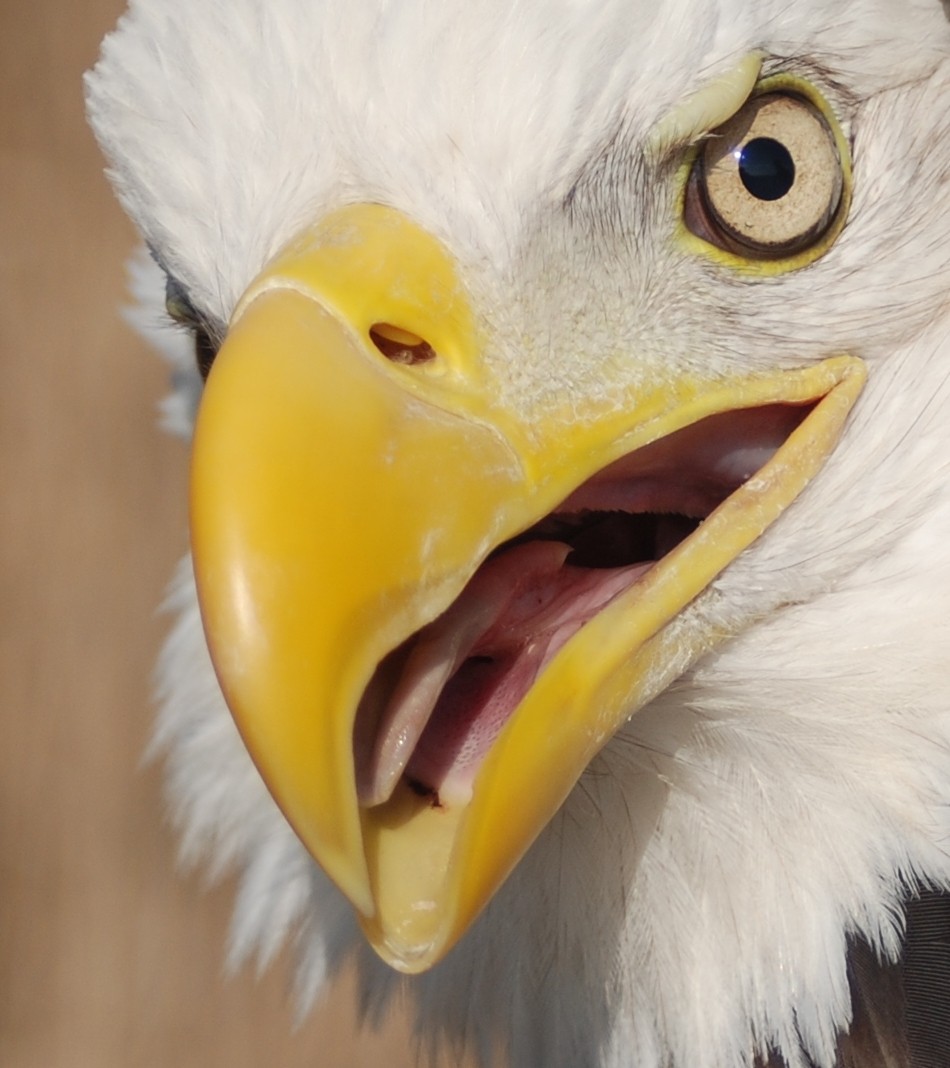
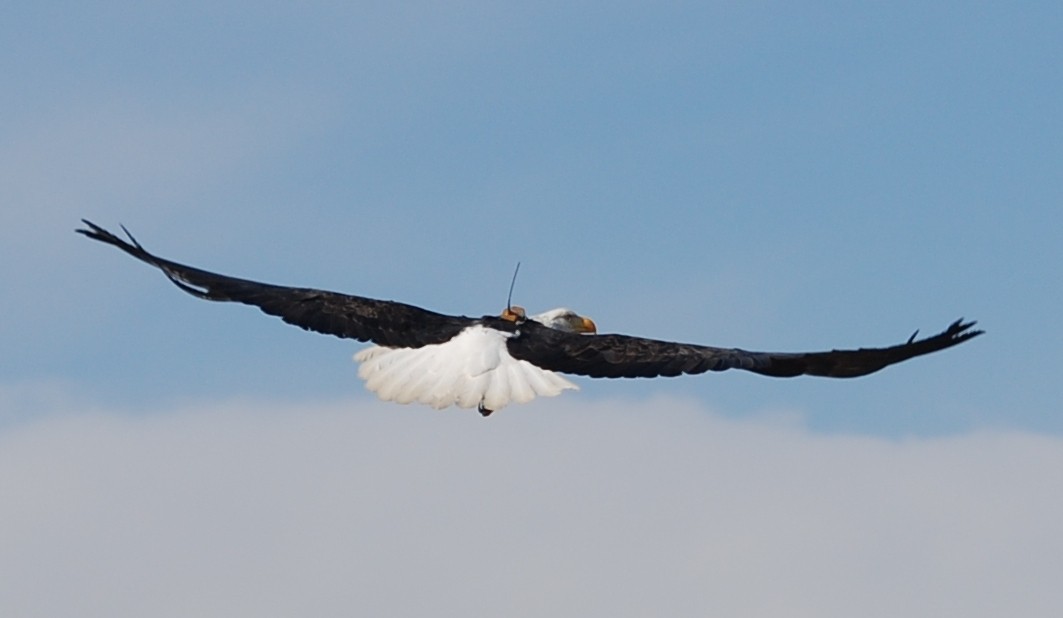
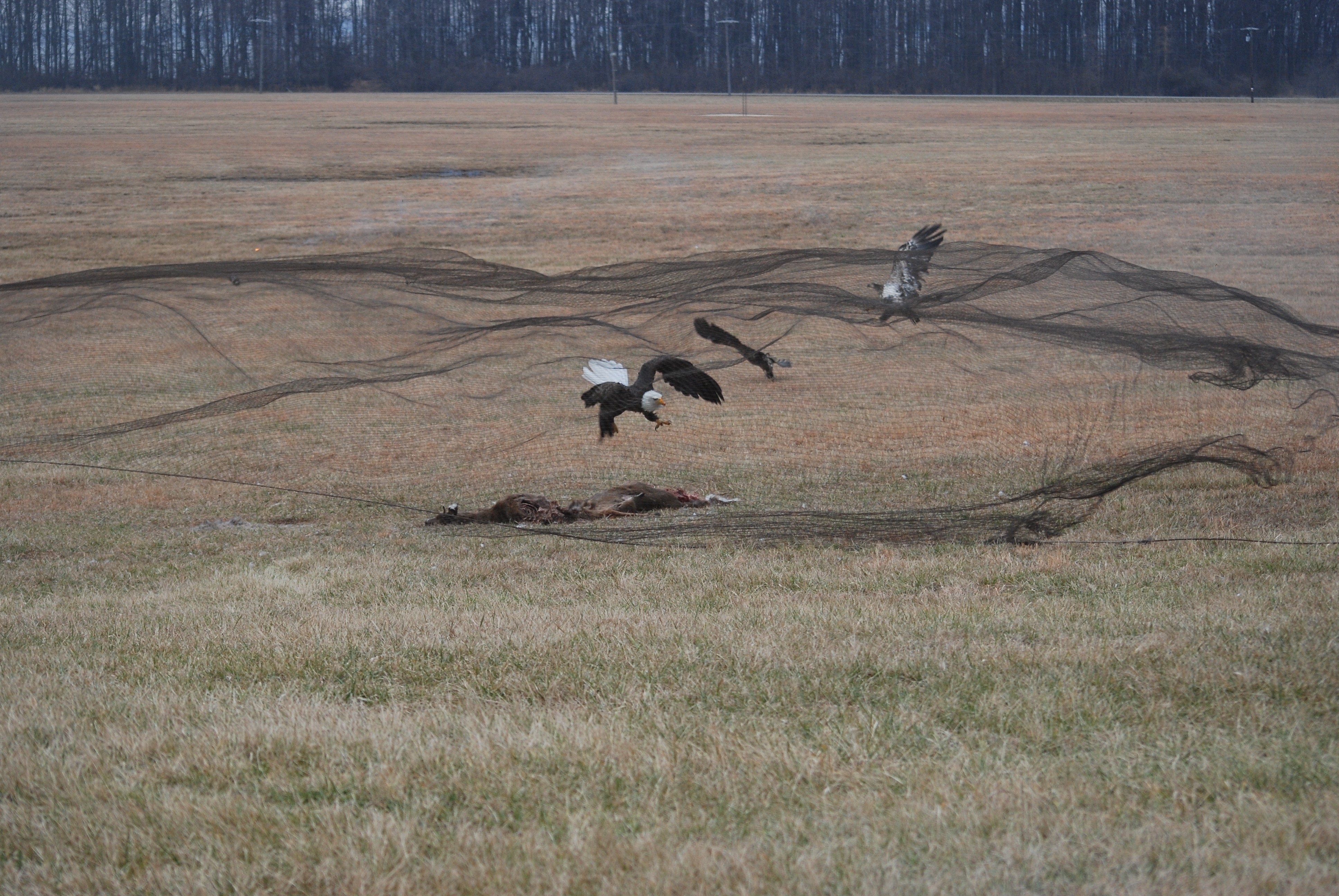
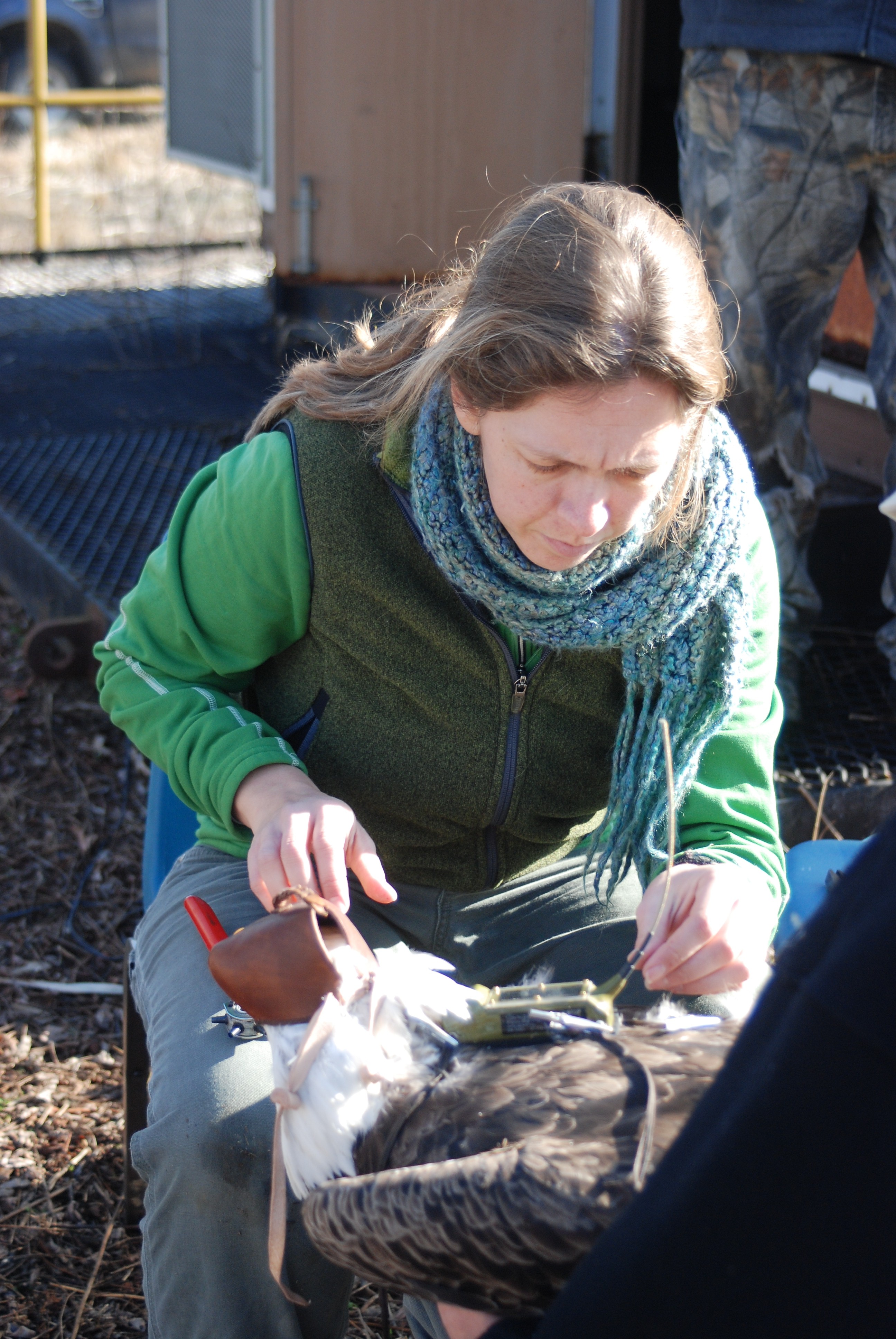

Social Sharing